These changes, recorded both by science and culture, demonstrate the rapid change in the attitude towards the body of the stronger sex over the course of 150 years up to the present day.
Each of us has our own criteria of beauty and personal attitude in the perception of an ideal or imperfect body. This is influenced by a number of factors: cultural, social, and even the banal standard of living of society at a certain point in history. But over the past hundred-odd years, the criteria for the ideal male body have changed very radically. These changes, recorded both by science and culture, demonstrate the rapid change in the attitude towards the body of the stronger sex over the course of 150 years up to the present day.
Reincarnations of the ideal male body over a century and a half
1870s-1900s-turn of the century: fat community
This stage in the history of developed countries is characterized by an increase in the availability of food. The consequences of this were disappointing: obesity became a very serious problem, perhaps for the first time in history. In the USA, Russia and the UK, communities of overweight men are actively being created, in which gentlemen can meet and discuss the problems of overweight. For a long time, "weighty" men were considered the standard of beauty - their complexion spoke for itself about wealth, and in those years this was an important indicator of attractiveness. The few athletes of those times were perceived as a kind of curiosity along with circus animals.
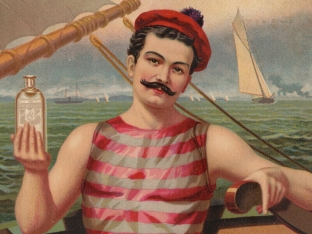
The years of the Second World War: the situation obliges
World War I, as well as the revolutions that swept the world, influenced everything - and, in particular, the attitude towards the beauty of men. At this time, men with a military bearing began to be valued, so big bellies did not fit in with the new reality, the ladies paid attention to the thinness and smartness of the gentlemen. And it is not surprising that such a male type very soon turned out to be in demand on the movie screens.
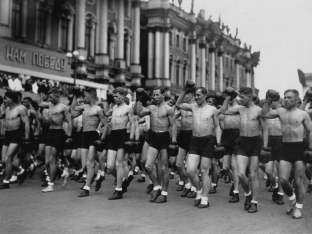
1960s: androgynous times
But the stronger post-war generation no longer showed a desire to be like their parents. And this manifested itself in rebellion, the consequence of which was the expression of one's moods in an appropriate manner: long hair and thinness came into fashion for men, but excessive, painful. Rock musicians became the heroes of their time for several decades.
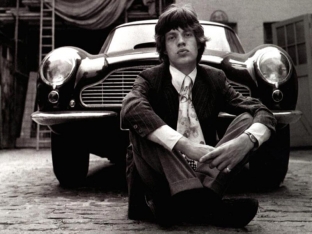
1980s: dawn of bodybuilding
At this time, bodybuilders entered the arena of life - new heroes, built like the gods of Olympus. Inflated muscles instantly become a trend, gyms open everywhere, no one is surprised by the availability of anabolics (at that time the latter were not yet legally prohibited), and the ranks of those who want to be like the icon of bodybuilding - A. Schwarzenegger - are inexorably replenished every day.
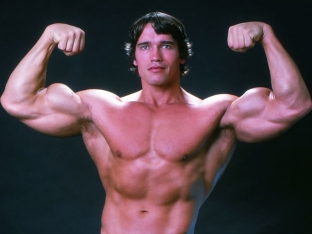
Millennium Decade: Moderate Athleticism
When bodybuilding passions subsided a little, and people realized that muscle mass a la Schwarzenegger is a dubious necessity in everyday life, men with athletic thinness appeared on the historical stage. Such a physique has become a fashionable trend in the male environment, and a healthy lifestyle-oriented mindset has also been “warmed up” by Hollywood actors. Thinness and muscularity set the tone at one time and keep the "brand" to this day, contrary to the statements of dadbod - men who are not too worried about changing their physique for the worse.
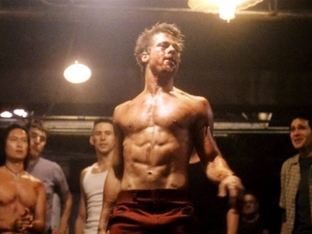
In 2013, one of the neurological institutes conducted a study using 3D visualization, the purpose of which was to assess the female and male preferences in terms of the beauty of the body of the stronger sex. Both in one and in the other "camp" the muscular and thin type of body constitution served as an ideal. Therefore, the desire to take care of the health of the body and its development does not lose its relevance, but only gains momentum. And it seems obvious that there is no reason to expect drastic changes in the perception of the ideal male body.






Add a comment